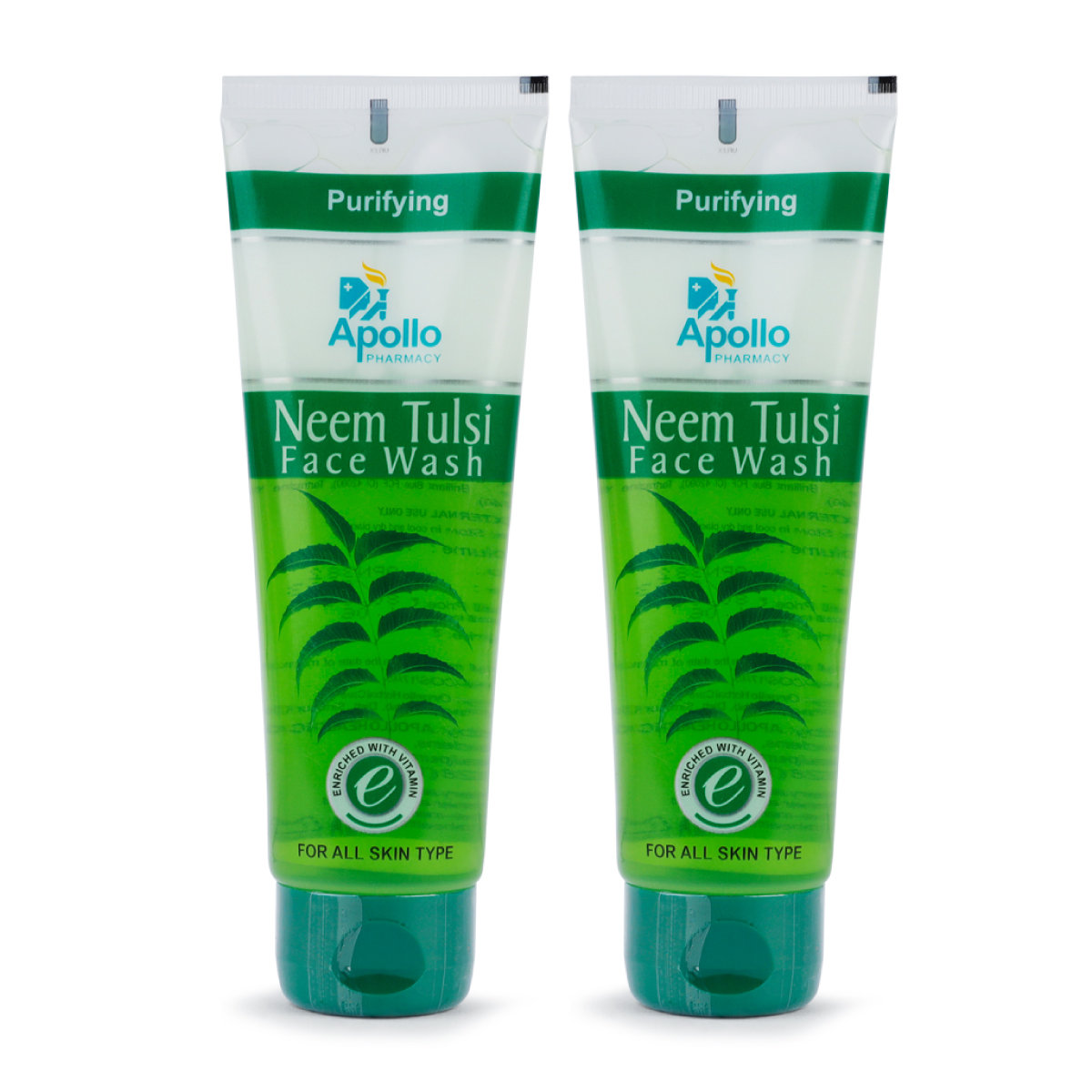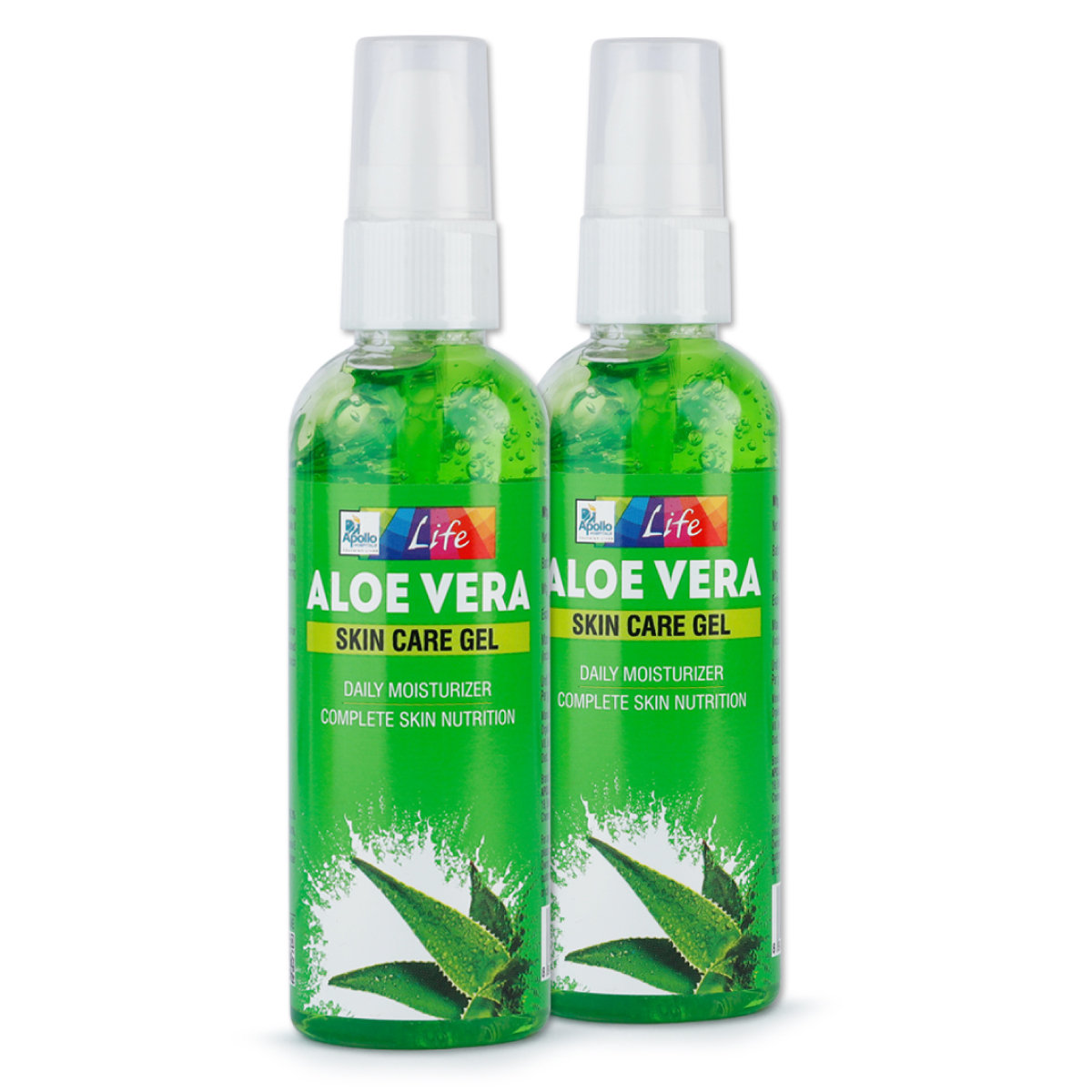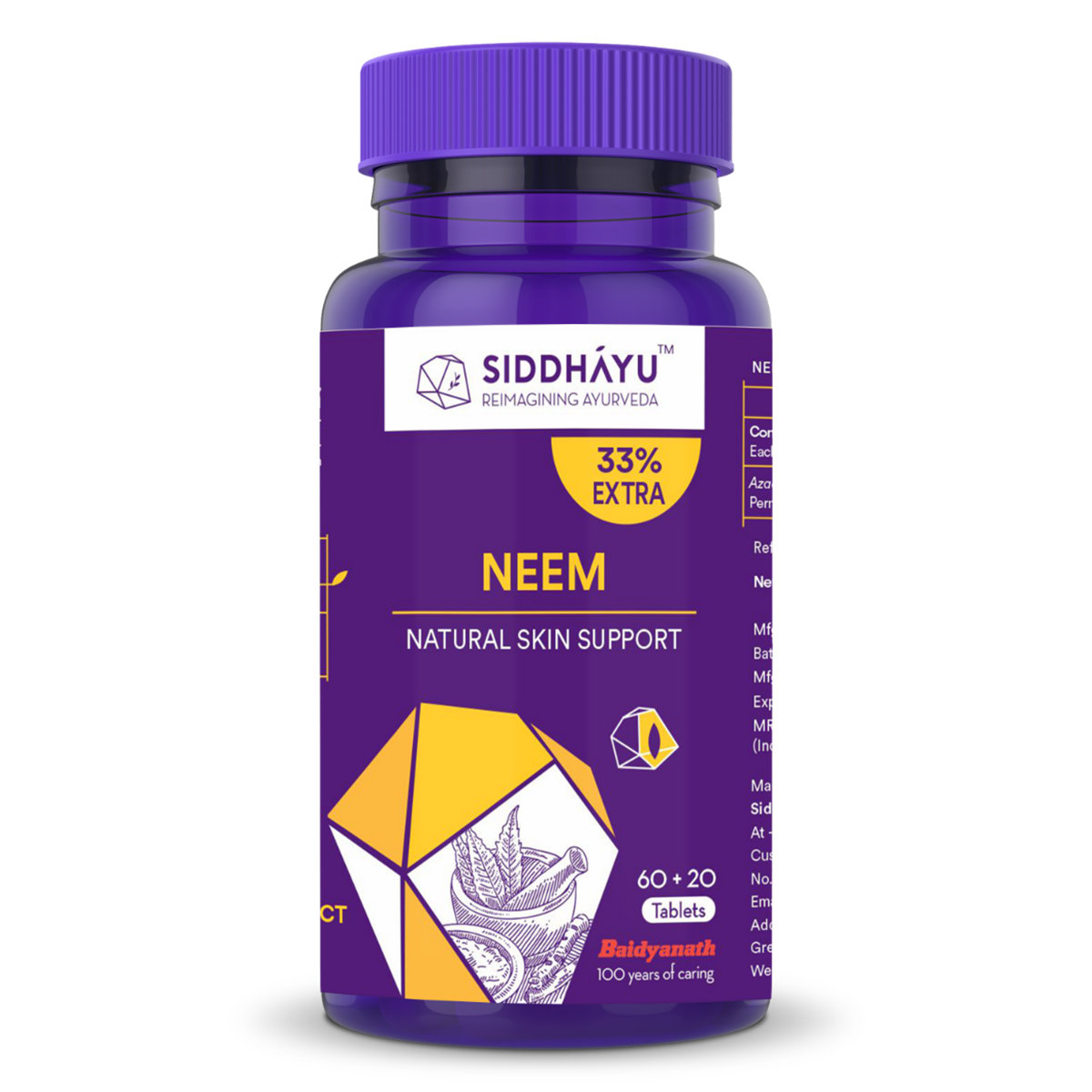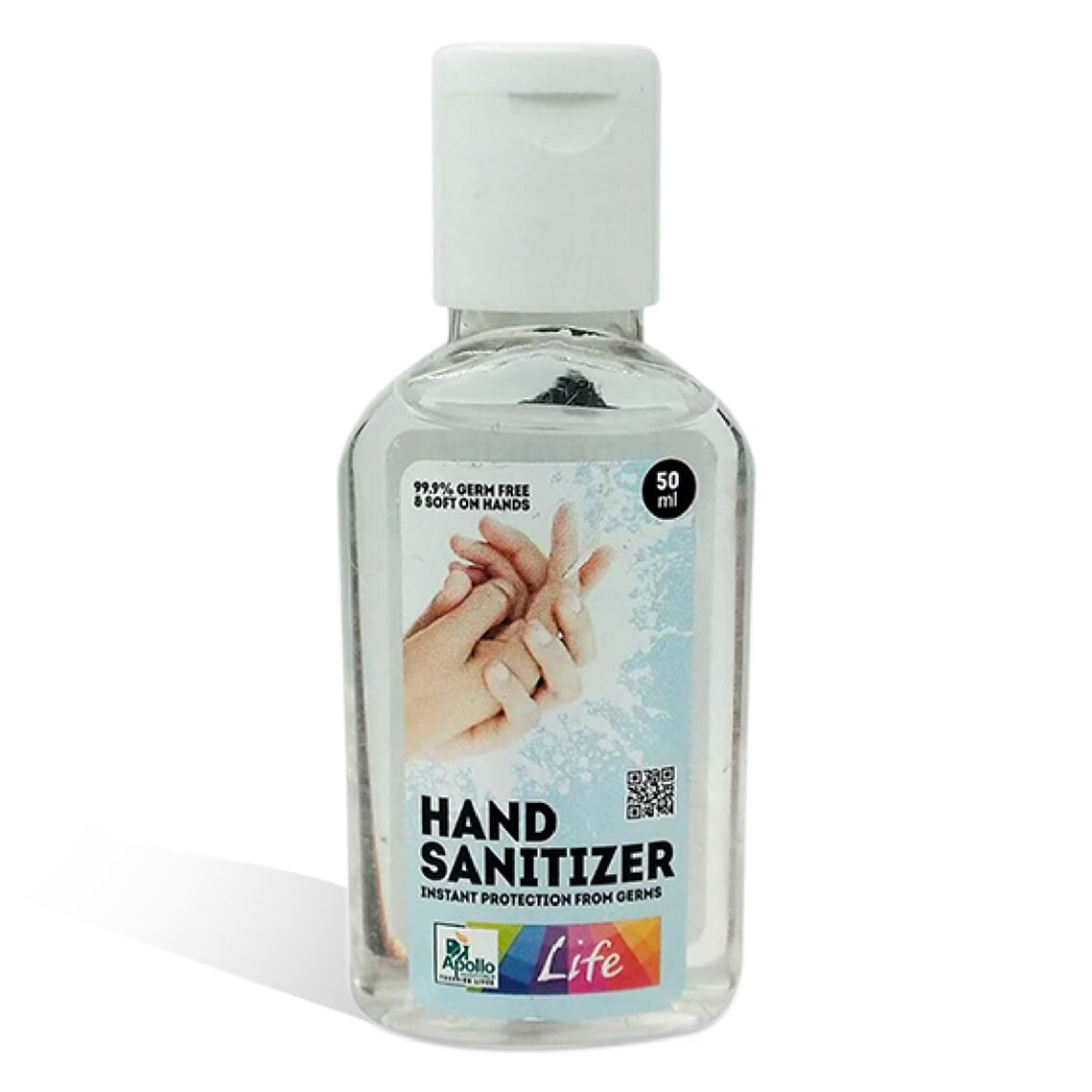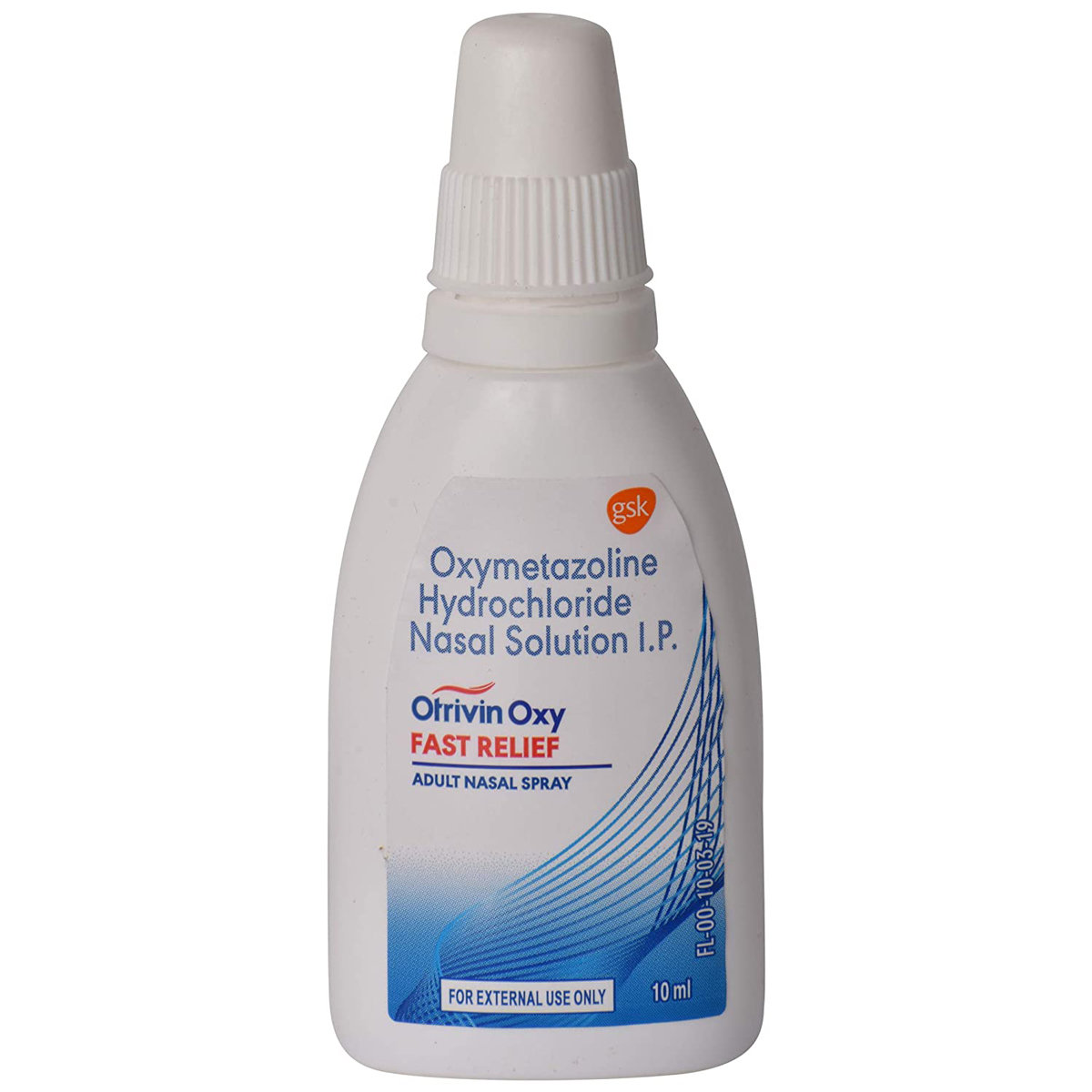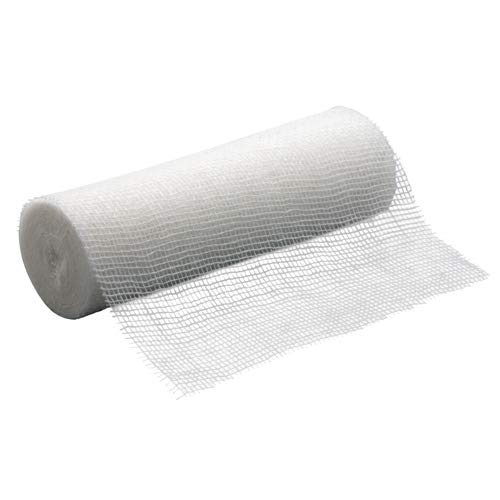Neosporin Skin Ointment

MRP ₹218
(Inclusive of all Taxes)
₹32.7 Cashback (15%)
know your delivery time
Provide Delivery Location
Manufacturer/Marketer :
Consume Type :
Expires on or after :
Return Policy :
Selected Pack Size:20 gm
20 gm ₹196.2
(₹9.81 per gm)
In Stock
30 gm ₹196.2
(₹6.54 per gm)
In Stock
15 gm ₹118.4
(₹7.89 per gm)
In Stock

Secure Payment

Trusted by 8 Crore Indians

Genuine Products
Therapeutic Class
Country of origin
Manufacturer/Marketer address
Author Details
We provide you with authentic, trustworthy and relevant information
Disclaimer
Alcohol
Safe if prescribed
It is not known whether Neosporin Skin Ointment interacts with alcohol. Please consult your doctor.
Pregnancy
Consult your doctor
Please consult your doctor if you have any concerns regarding this, your doctor will prescribe only if the benefits outweigh the risks.
Breast Feeding
Consult your doctor
Do not apply Neosporin Skin Ointment on the nipple or breast area if you are breastfeeding. Please consult your doctor if you have any concerns regarding this, your doctor will decide whether Neosporin Skin Ointment can be used by breastfeeding mothers or not.
Driving
Safe if prescribed
Neosporin Skin Ointment does not affect your ability to drive.
Liver
Consult your doctor
Please consult your doctor if you have any concerns regarding the usage of Neosporin Skin Ointment in patients with liver impairment.
Kidney
Consult your doctor
Please consult your doctor if you have any concerns regarding the usage of Neosporin Skin Ointment in patients with kidney impairment.
Children
Safe if prescribed
Neosporin Skin Ointment should not be used in children unless prescribed by the doctor.
Reference
- https://dailymed.nlm.nih.gov/dailymed/drugInfo.cfm?setid=af2504c0-239b-460a-b765-8e0dfa4e629d
- https://www.drugs.com/mmx/neomycin-and-polymyxin-b-sulfates-and-bacitracin-zinc.html
- https://www.drugs.com/mtm/neosporin-topical.html#:~:text=Neosporin%20should%20not%20be%20used,years%20old%20without%20medical%20advice
About Neosporin Skin Ointment
Neosporin Skin Ointment belongs to a group of antibiotics primarily used as a first aid to prevent infections in scrapes, wounds or burns. A bacterial infection is a condition in which harmful bacteria enter, multiply and infect our body. Infectious or harmful bacteria can make you sick and reproduce quickly in your body. These harmful bacteria produce chemicals known as toxins, which can damage tissue and make you sick.
Neosporin Skin Ointment is a combination of antibiotic medicines, namely: Neomycin and Polymyxin B, Zinc. Neosporin Skin Ointment is bactericidal in nature. It works by stopping the growth of bacteria. Thereby prevents and treats bacterial infections.
Neosporin Skin Ointment is for external use only. You are advised to use Neosporin Skin Ointment for as long as your doctor has prescribed it for you depending on your medical condition. In some cases, you may experience certain common side-effects such as burning sensation, irritation, itching and redness at the site of application. Most of these side-effects do not require medical attention and will resolve gradually over time. However, you are advised to talk to your doctor if you experience these side-effects persistently.
To treat your condition effectually continue using Neosporin Skin Ointment for as long as your doctor has prescribed it. Do not use Neosporin Skin Ointment if you had a skin reaction or irritation. Consult your doctor before using Neosporin Skin Ointment if you are pregnant or breastfeeding. Do not use Neosporin Skin Ointment in more than prescribed doses, or on a large area of skin for a longer duration. Do not wrap or cover the treated area with a bandage unless advised by your doctor.
Uses of Neosporin Skin Ointment
Medicinal Benefits Mweb
Key Benefits
Neosporin Skin Ointment is a combination of antibiotic medicines, namely: Neomycin, Polymyxin B and Zinc. Polymyxin B and Neomycin are bactericidal antibiotics (i.e. kills bacteria kills) effective against almost all gram-negative bacteria. Zinc oxide present in the Neosporin Skin Ointment that acts as an astringent (constricts skin) and mild antiseptic. Together Neosporin Skin Ointment helps in treating minor skin injuries and bacterial infections.
Directions for Use
Side Effects of Neosporin Skin Ointment
- Burning sensation
- Irritation
- Itching
- Redness at the site of application.
Drug Warnings
Do not use Neosporin Skin Ointment if you had a skin reaction or irritation to Neosporin Skin Ointment. Do not use Neosporin Skin Ointment on perforated ear tissue or serious burns. Consult your doctor before using Neosporin Skin Ointment if you are pregnant or breastfeeding. Do not use Neosporin Skin Ointment in more than prescribed doses, or on a large area of skin for a longer duration. Do not wrap or cover the treated area with a bandage unless advised by your doctor. Do not apply Neosporin Skin Ointment on children’s skin unless prescribed by the doctor. Consult your doctor if your condition does not improve despite using Neosporin Skin Ointment for 2-4 weeks. You should not use Neosporin Skin Ointment to treat deep injuries/cuts, puncture wounds, animal bites or burns.
Drug-Drug Interactions
Drug-Drug Interactions
Login/Sign Up
Drug-Food Interactions
Drug-Food Interactions
Login/Sign Up
Drug-Diseases Interactions
Drug-Diseases Interactions
Login/Sign Up
Drug-Drug Interactions Checker List
- AMIKACIN
- GENTAMICIN
- KANAMYCIN
- PLAZOMICIN
- STREPTOMYCIN
- TOBRAMYCIN
- ATRACURIUM
- CISATRACURIUM
- DOXACURIUM
- PANCURONIUM
- NETILIMICIN
- METOCURINE
- MIVACURIUM
- PIPECURONIUM
- RAPACURONIUM
- ROCURONIUM
- SUCCINYLCHOLINE
- TUBOCURARINE
- VECURONIUM
Habit Forming
Special Advise
- Clean and dry the affected area before using Neosporin Skin Ointment.
- Do not use Neosporin Skin Ointment on dressing, band-aids and make-up unless told by the doctor.
- If Neosporin Skin Ointment comes in contact with nose or mouth, rinse with water immediately.
- Wash your hands before and after using Neosporin Skin Ointment, however, do not wash your hands if you are applying Neosporin Skin Ointment on hands.
Diet & Lifestyle Advise
- Eat foods rich in quercetin (a flavonoid) such as apples, cherry, broccoli, spinach and blueberries.
- Consuming food rich in probiotics helps in developing the immune system against allergies.
- Limit intake of food that might trigger allergies such as dairy products, soy, eggs and nuts.
- Avoid consumption of foods with excess sugar as it may flare-up inflammation.
- Include fruits, vegetables, whole grains, healthy fats and fish in your diet.
- Reducing stress and maintaining a good sleep cycle would be helpful.
- Avoiding getting in contact with harsh soaps, detergents and rough fabrics.

Have a query?
Buy best Dermatology products by
Glenmark Pharmaceuticals Ltd
Sun Pharmaceutical Industries Ltd
Klm Laboratories Pvt Ltd
Cipla Ltd
Canixa Life Sciences Pvt Ltd
Abbott India Ltd
Ajanta Pharma Ltd
Intas Pharmaceuticals Ltd
Dr Reddy's Laboratories Ltd
East West Pharma India Pvt Ltd
Alkem Laboratories Ltd
Atopic laboratories Pvt Ltd
Hegde & Hegde Pharmaceutica Llp
Brinton Pharmaceuticals Ltd
Torrent Pharmaceuticals Ltd
Amwill Healthcare Pvt Ltd
Leeford Healthcare Ltd
Palsons Derma Pvt Ltd
Oaknet Healthcare Pvt Ltd
Med Manor Organics Pvt Ltd
Micro Labs Ltd
Dermocare Laboratories Gujarat Llp
Fixderma India Pvt Ltd
Apex Laboratories Pvt Ltd
Mankind Pharma Pvt Ltd
Ipca Laboratories Ltd
Yaher Pharma
Systopic Laboratories Pvt Ltd
Menarini India Pvt Ltd
Ethinext Pharma
Nemus Pharmaceuticals Pvt Ltd
Skinocean Pharmaceuticals
Dermacia Healthcare
Inex Medicaments Pvt Ltd
Lupin Ltd
GlaxoSmithKline Pharmaceuticals Ltd
Talent India Pvt Ltd
Zydus Cadila
Kivi Labs Ltd
Zydus Healthcare Ltd
Hbc Dermiza Healthcare Pvt Ltd
Mrhm Pharma Pvt Ltd
Regaliz Medicare Ltd
Sol Derma Pharmaceuticals Pvt Ltd
Newtrimed Healthcare Pvt Ltd
Wallace Pharmaceuticals Pvt Ltd
Eskon Pharma
Glowderma Lab Pvt Ltd
La Pristine Bioceuticals Pvt Ltd
Mohrish Pharmaceuticals Pvt Ltd
Percos India Pvt Ltd
Rockmed Pharma Pvt Ltd
Macleods Pharmaceuticals Ltd
Praise Pharma
Ethicare Remedies Pvt Ltd
Kaizen Drugs Pvt Ltd
Aurel Biolife
Rely On Pharmaceuticals
Wockhardt Ltd
Galcare Pharmaceuticals Pvt Ltd
Elder Pharmaceuticals Ltd
Indiabulls Pharmaceuticals Pvt Ltd
La Med Healthcare Pvt Ltd
Biocute Life Care
Yap Bioceuticals
Yash Pharma Laboratories Pvt Ltd
Zee Laboratories Ltd
Apple Therapeutics Pvt Ltd
Adonis Laboratories Pvt Ltd
Albatross Healthcare Pvt Ltd
Galderma India Pvt Ltd
Prism Life Sciences Ltd
FDC Ltd
Alniche Life Sciences Pvt Ltd
Salve Pharmaceuticals Pvt Ltd
West Coast Pharmaceuticals Pvt Ltd
Dermarex HealthCare India Pvt Ltd
Arka Vital Science Pvt Ltd
Dermajoint India
Gary Pharmaceuticals Pvt Ltd
Grace Derma Healthcare Pvt Ltd
Karlin Pharmaceuticals & Exports Pvt Ltd
Skinska Pharmaceutica Pvt Ltd
Uniza Healthcare Llp
Alembic Pharmaceuticals Ltd
Cadila Healthcare Ltd
Cadila Pharmaceuticals Ltd
Cosmofix Technovation Pvt Ltd
Human Pharmaceuticals
Indolands Pharma Pvt Ltd
Lyra Laboratories Pvt Ltd
Akumentis Healthcare Ltd
Entod Pharmaceuticals Ltd
Iceberg Health Care Pvt Ltd
Jenburkt Pharmaceuticals Ltd
P and P Dermaceuticals Pvt Ltd
Dabur India Ltd
Indchemie Health Specialities Pvt Ltd
Olcare Laboratories Pvt Ltd
Unison Pharmaceuticals Pvt Ltd
BODY CREAM
Body Lotion
Face Cream
Shampoo
Sun Screen
Face Gel
Soap
Face Wash
HAIR SOLUTION
Face Serum
BODY GEL
Hair Lotion
Hair Serum
Dusting Powder
ANTISEPTIC
FACE CLEANSER
Face Lotion
Body Wash
Body Spray
Eye Cream
FUNGAL INFECTION
Foot Cream
Conditioner
Eye Gel
Cleanser
Hair Cream
Hair Oil
Face Mask
Hair Gel
Sanitizer
Hair Spray
Moisturiser
Skin Ointment
Lip Balm
Capsule
Eye Serum
Intimate Wash
Specialty Supplements
Hand Cream
Facial Spray
SPECIALITY SUPPLEMENT
Face Toner
MEDICATED SHAMPOO
Tablet
Talcum Powder
BABY SUNSCREEN
Body Butter
Body Scrub
DIAPER RASH CREAM
EYE SOLUTION
FACIAL WIPE
Gargle
Hand Wash
Intimate Spray
Lip Serum
Lubricant Gel
MEDICATED CREAM
Nail Polish
VITAMIN D
Frequently Bought Together
₹587.2
MRP ₹699
16% off
1
+Customers Also Bought

_0.jpg?tr=q-85)


